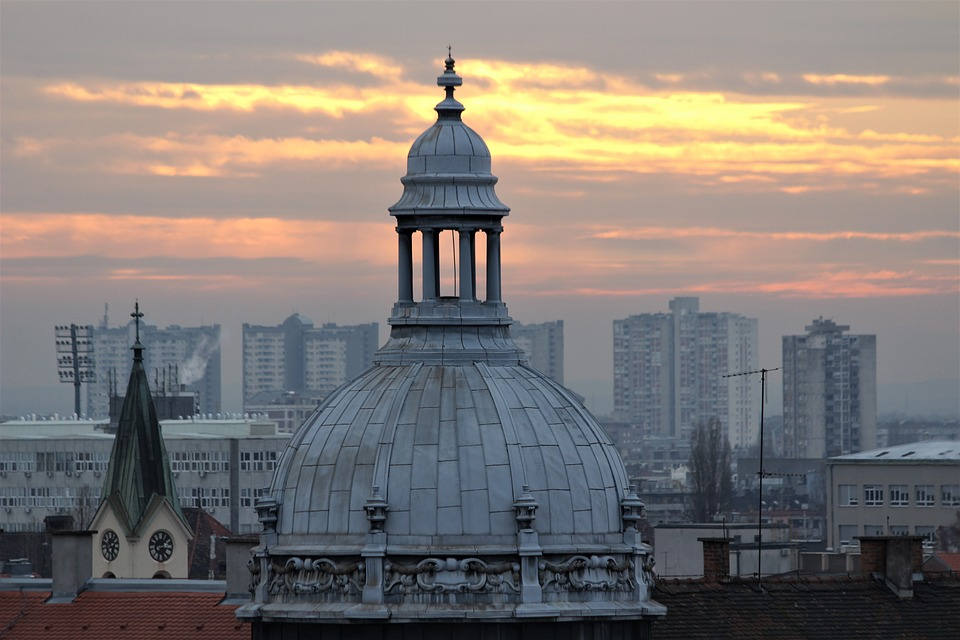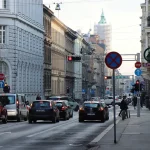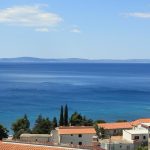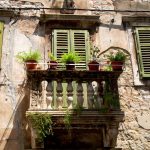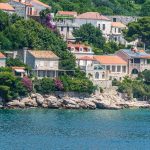As Poslovni Dnevnik/Suzana Varosanec writes, as many as one third of buyers in 2021, or most of them, were interested in Croatian apartments of 50 and 60 square metres, while only 5 percent of them were searching for apartments of 100 m2.
The most sought-after apartments in Zagreb are 60 m2, there is great interest in those of 40 and 50 m2, and they account for a total of 45 percent of potential buyers, as was revealed by a new customer preferences annual real estate market analysis by Njuskalo.
The biggest differences
Despite the trials and tribulations of the last two years, the Croatian real estate market has continued with the trend of rising prices, they say, and asking prices have risen by 4.05 percent for Croatian apartments and by as much as 7.73 percent for houses. The average asking price per m2 of an apartment in Zagreb now stands at 2,297 euros, or 1,441 euros per square metre in a house, and the earthquakes of 2020 have failed to really affect these prices in the long run.
The director of the Operetta real estate agency, Borislav Vujovic, believes that ongoing inflation will make property rise for some time to come, and this effect is already visible through the growth in the number of buyers who are ready to finance their investments in cold hard cash.
He pointed out that as a result of both the 2020 earthquakes and the global coronavirus pandemic, the demand for houses and land in the vicinity of the City of Zagreb is still higher than it is in the city centre, where the sales of old apartments have slowed down, and new construction is an absolute hit.
According to the DSZ in 2021, the average price per square metre of a new apartment sold in Zagreb stood at 14,672 kuna, which is 4.7 percent more than it was back in 2020, and 13,713 kuna at the state level, which is 7.8 percent more than it was back in 2020.
Interest in smaller communities in the vicinity of the City of Zagreb and neighbouring also counties continues to grow, and in addition to Zagreb, Krapina-Zagorje and Virovitica-Podravina counties also recorded the largest difference between supply and demand last year, in which demand for houses exceeded their supply.
The same trends are present in Karlovac County and the City of Zagreb, with Karlovac County recording a 21 percent increase in the price per m2 of a house in the past two years, but even today it is very affordable and costs an average of 657 euros.
The most sought-after houses are of 100 and 150 m2, and there are fewer of them on offer than the level of interest of buyers, and the least sought-after are between 300 and 400 m2. In the City of Zagreb and in the wider Zagreb County, houses spanning 100 m2 are in high demand – accounting for 12 percent of total demand.
There are more houses available on the market than in demand in the country’s coastal counties (except in Dubrovnik-Neretva and part of the interior), but this trend isn’t being reflected in asking prices, so Dubrovnik-Neretva, Split-Dalmatia and Istria are still the most expensive counties when it comes to houses.
In the City of Dubrovnik, the average asking price is as much as 4151 euros, in Split 2033, and in Rovinj 2620 euros. Apart from the coast, foreigners are increasingly looking at making purchases in both Zagreb and Gorski kotar, but according to Vujovic, the trend of demand for Croatian apartments has altered into a ”second home” type search in Croatia, so the most sought after holiday homes with swimming pools.
For more, check out our lifestyle section.

